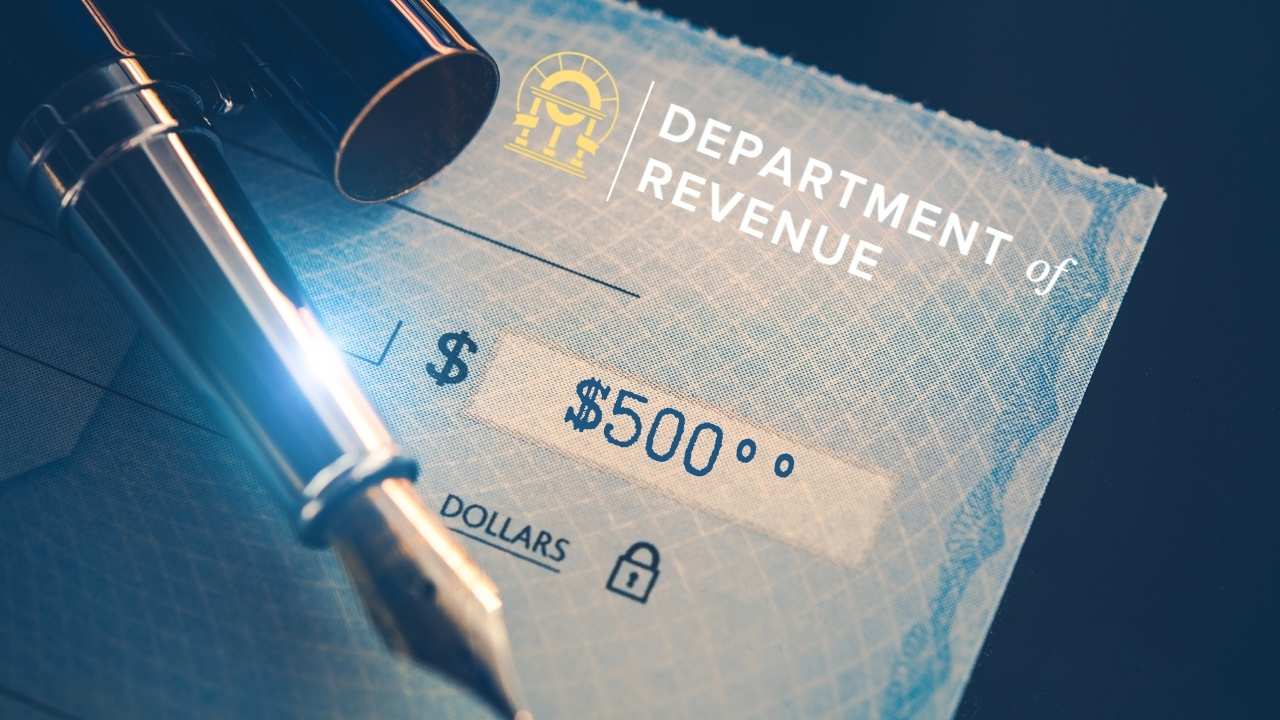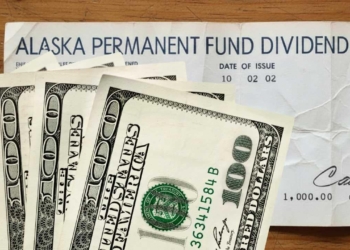The State of Georgia launched an automatic tax refund program in 2025 under House Bill HB112, returning portions of the state’s strong budget surplus to taxpayers. Official estimates allocate $1,000 to $1,200 million for distribution, funded by a mid-year fiscal surplus projected at $16,000 to $19,100 million. The initiative operates without taxpayer applications.
Refund distribution occurs automatically based on 2023 filing status. These refunds require no prior application; they’re being issued automatically according to each taxpayer’s return status. Designated amounts vary: $250 for single or married filing separately taxpayers, $375 for heads of households, and $500 for joint filers.
Georgia’s tax refunds timeline
A fundamental limitation governs payments: refunds never exceed actual 2023 state tax liability. Furthermore, the refund does not exceed taxes actually owed for 2023. If the tax debt was lower, the refund amount will align accordingly.
Initial disbursements began June 2, 2025, via direct deposit or mailed physical checks. By late July, authorities confirmed approximately 3 million refunds issued, with additional shipments scheduled through August and September.
Revenue agency reports confirm that a larger part of the budget surplus are now in the hands of Georgian taxpayers. The collecting agency confirmed more than $1,000 million has been disbursed, representing over 90% of planned funds.
The Georgia Department of Revenue provides an online Surplus Refund Checker for status verification. Taxpayers enter their Social Security Number (or ITIN) and 2023 federal adjusted gross income. Processing delays are noted: Allow 6 to 8 weeks for payment completion after filing before May 1, 2025.
Eligibility requirements to claim Georgia’s tax refund
Refund receipt requires meeting state-mandated eligibility criteria. First, taxpayers must have maintained full-year Georgia residency during 2023. Timely filing of both 2023 and 2024 state returns is mandatory, with a base deadline of May 1, 2025 (extended to October 15, 2025 for approved extensions).
A core requirement is having a 2023 state tax liability. Having a state tax obligation in 2023: no refund right exists if nothing was owed. Taxpayers without state tax obligations that year are ineligible. The state also withholds refunds for outstanding debts to state agencies. No pending debts with state agencies, as refunds may be fully or partially withheld as automatic offset.
Exempt groups like seniors claiming age-based tax exemptions are excluded without 2023 tax liability. Does not apply to exempt income beneficiaries (such as seniors of certain age without tax obligation), since without taxes paid, no refund exists.
Are there any more tax refunds from the IRS?
Available administrative data suggests the majority of IRS tax refunds for the 2024 filing season have been disbursed to eligible taxpayers. Standard processing timelines indicate most returns filed before the April deadline typically receive payments within 21 days via direct deposit, with paper checks requiring additional handling time.
Current operational patterns reflect the IRS’s historical distribution curve where peak refund volumes occur between February and July annually. Taxpayers still awaiting payments represent either later filers, submissions requiring manual review, or returns flagged for verification procedures. The agency’s public processing statistics—last updated July 31—showed over 90% of error-free electronic returns processed from the primary filing window.
While exceptions exist for amended returns, disaster-area extensions, and identity-theft cases, standard refund issuance appears largely complete, barring individual account complexities.







